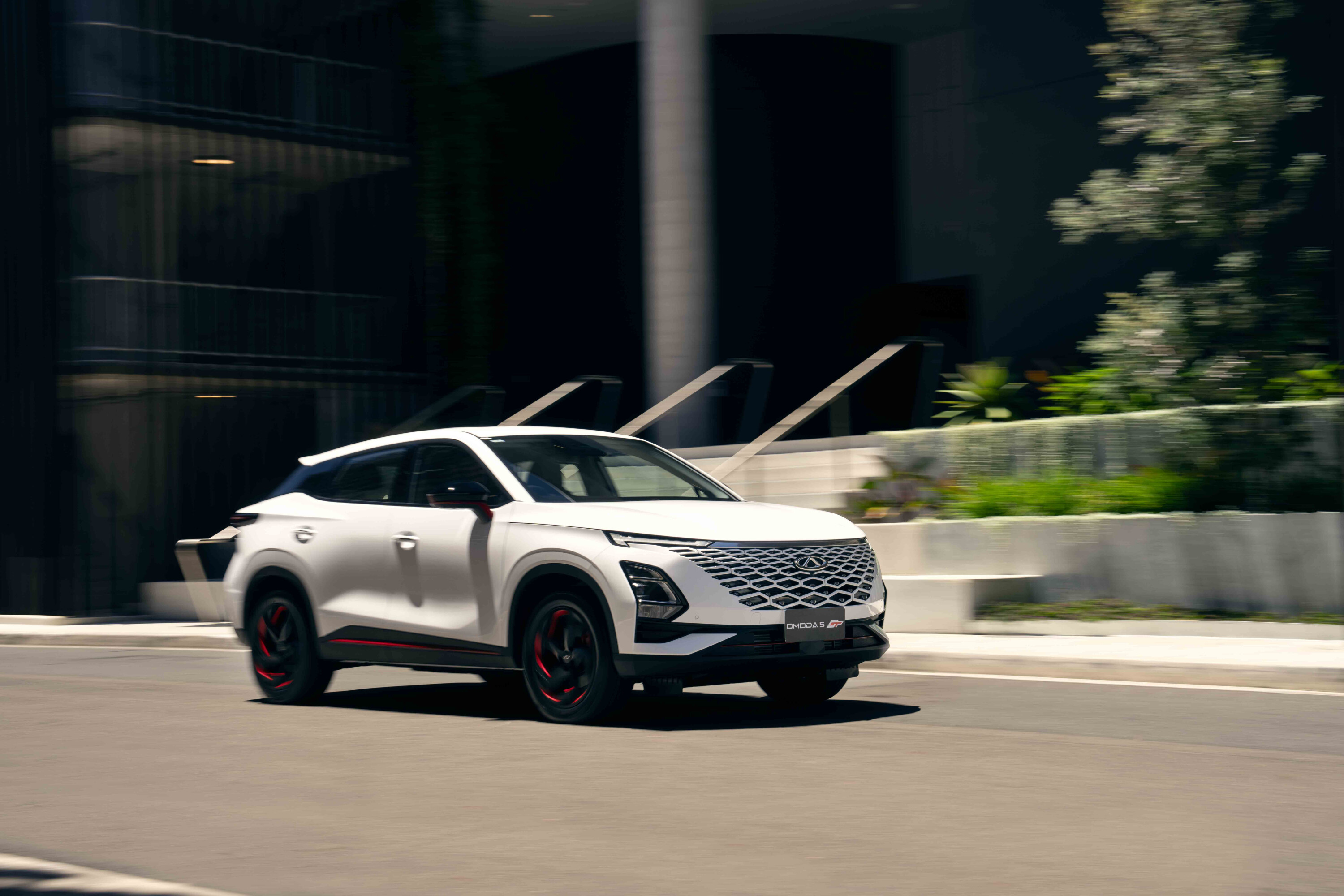When the Chery Omoda 5 hit Australian shores nearly 12 months ago it collected justified criticism for its poor calibration of safety systems – most prominently the lane-keep assist and driver monitoring features.
At the reveal of the new Omoda 5 GT and electric Omoda E5, Chery Australia managing director Lucas Harris acknowledged the shortcomings and how they came to be.
“When we first launched the Omoda 5 in March last year, I’d be the first to admit that in that car, there was extremely little local testing and extremely limited local validation. And so obviously, we’re not very happy about that, and we’ve taken some fairly dramatic steps to resolve it”, Mr Harris told media.
“It’s unfortunate that’s the way it went, but we can’t change history”
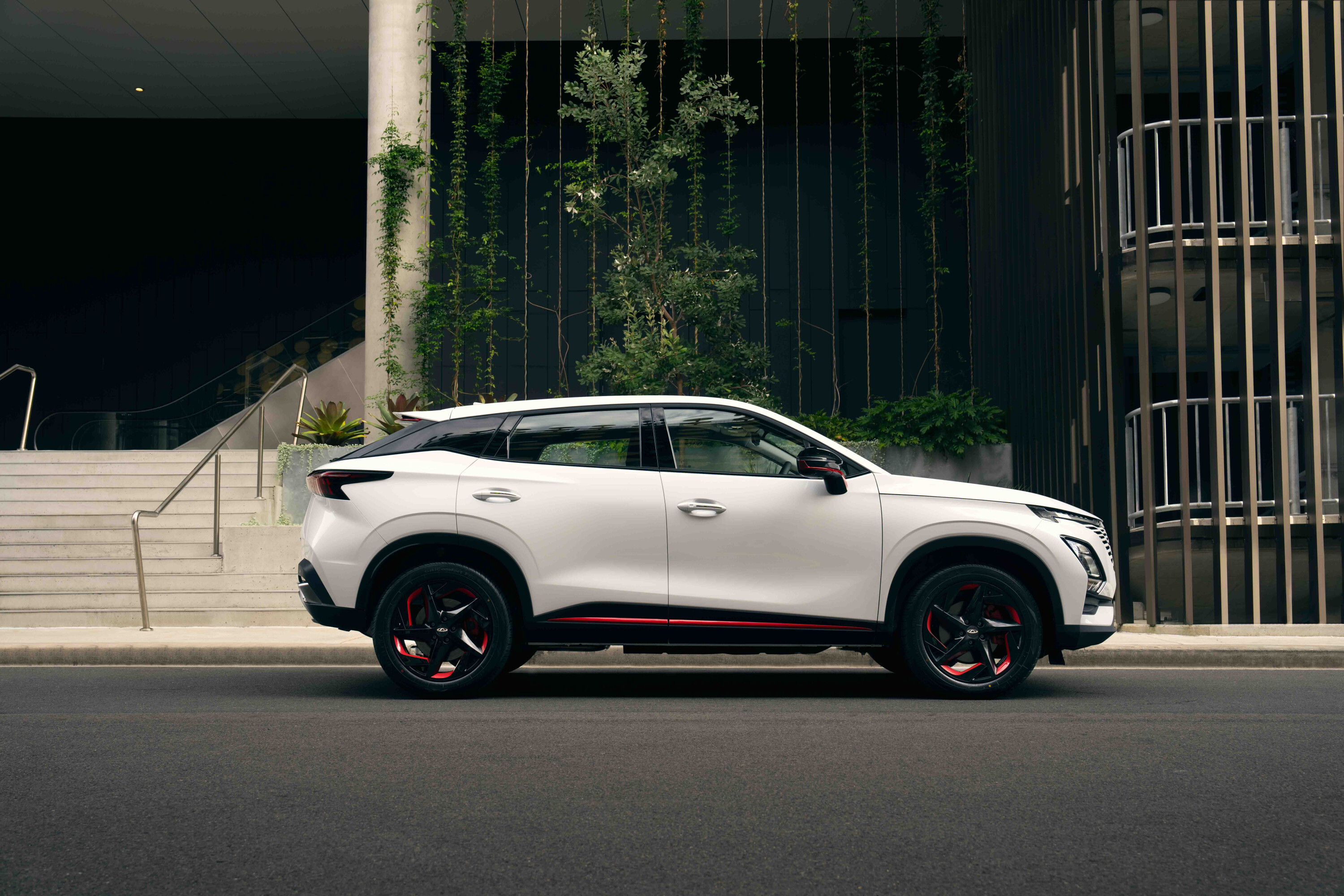
Speaking to Wheels, he also noted the differences between roads in China – where Chery’s based – and Australia.
Specifically, the variance in road markings. The road network in China, on which the Omoda 5’s systems were tuned, conforms to a more uniform standard than ours.
Australian roads vary significantly, with inconsistent lane widths, marking styles, colours, and other factors. Still, other automakers have succeeded where the Omoda 5 didn’t. When probed further, Mr Harris said the issue wasn’t perhaps testing but rather implementing fixes before heading to market.
“Maybe a slight correction would be, that there was a fair amount of time spent testing prior to launch but what we didn’t do enough was the adaptability tuning. It’s unfortunate that’s the way it went, but we can’t change history”, he said.
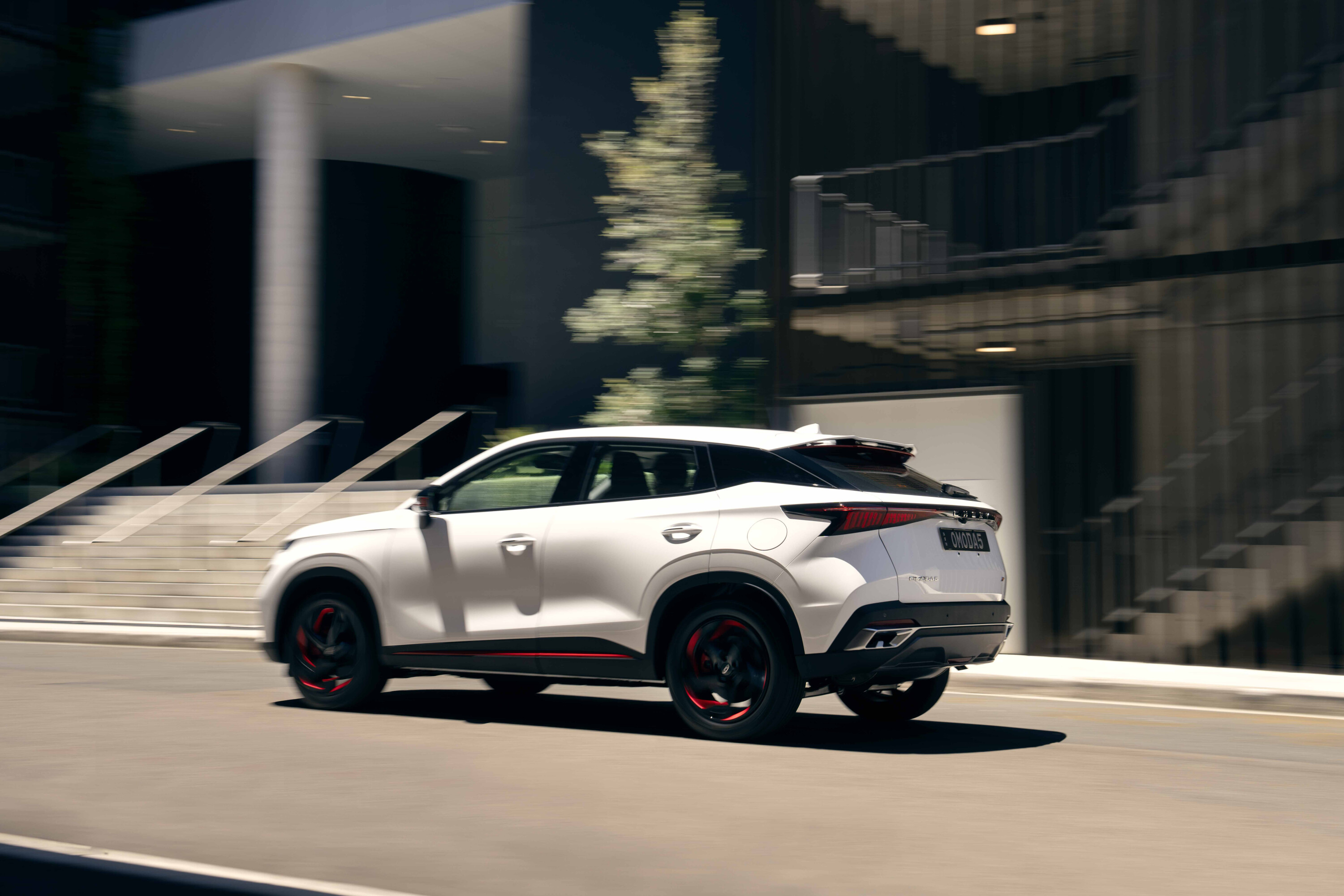
Since the Omoda 5’s lukewarm critical reception, Chery engineers from head office have been working in Australia nearly every day, according to the brand.
It’s culminated in a set of revisions that launch in tandem with the more powerful Omoda 5 GT variant (priced between $38,990-$40,990 drive-away). Existing Omoda 5 owners can have software revisions loaded onto their vehicles at dealers.
“Moving forward into the future, it [won’t be] just a ‘quickly solve it now, and then forget about it’, it’s really become a big part of how we come to market. For any new model, there’s extensive lengths of time spent driving the car in local conditions and extensive amounts of data taken on local roads.
“Do I think that we have the system perfect yet? No, of course not. Am I confident that we’ll get there in the near future? Absolutely”, said Mr Harris.
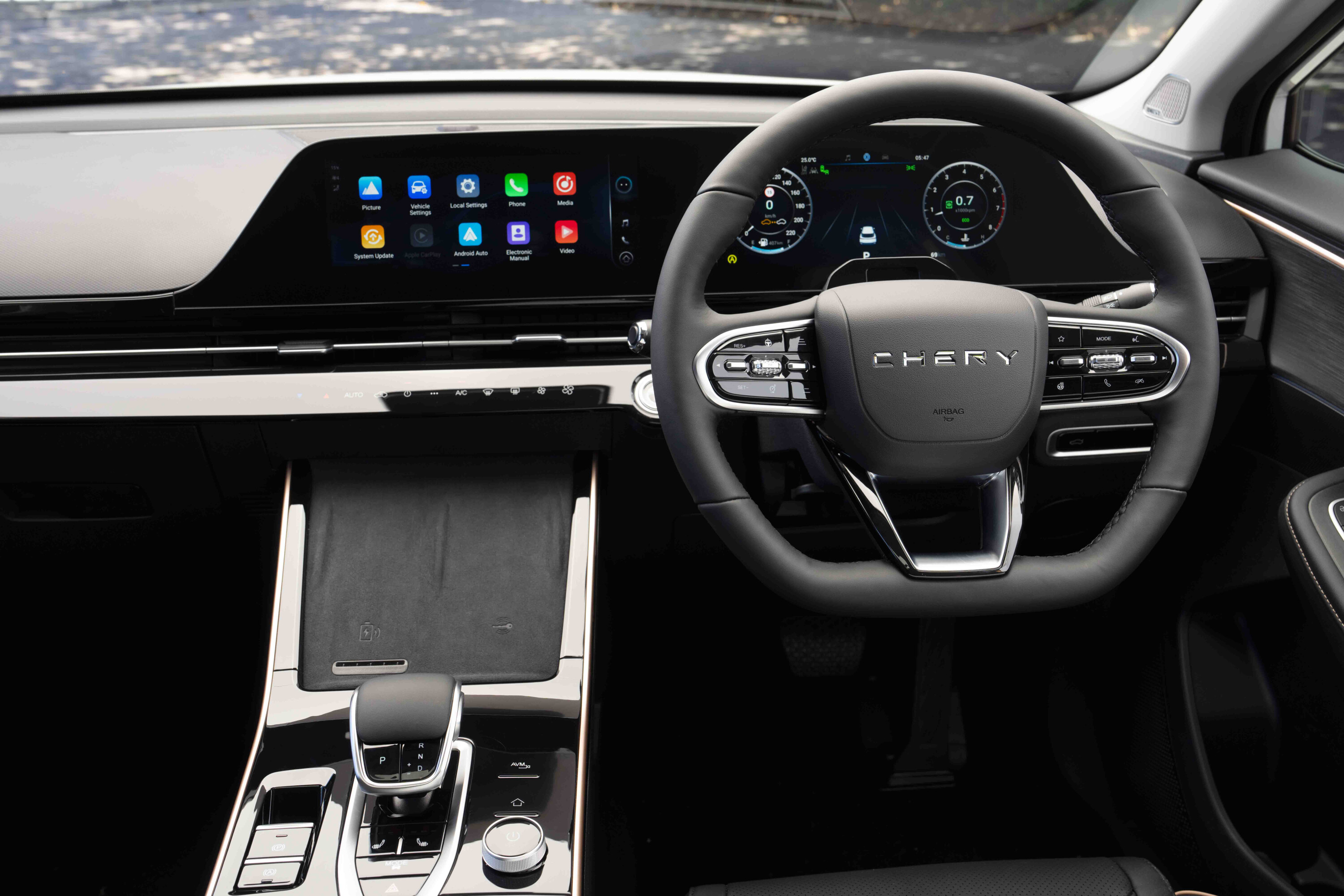
That’s fighting talk that we can only confirm after sampling the GT’s updated lane support systems. We’ll report back on whether the changes have improved the driving experience shortly.
Alongside the Omoda 5 small SUV, Chery also sells the medium-sized Tiggo 7 Pro. A three-row Tiggo 8 Pro and a battery-electric version of the Omoda 5, are due this year.
Chery’s more rugged sister brand, Jaecoo, was recently confirmed for Australian launch with the J7 medium SUV. The brand has registered 9202 vehicles since launching locally.
We recommend
-
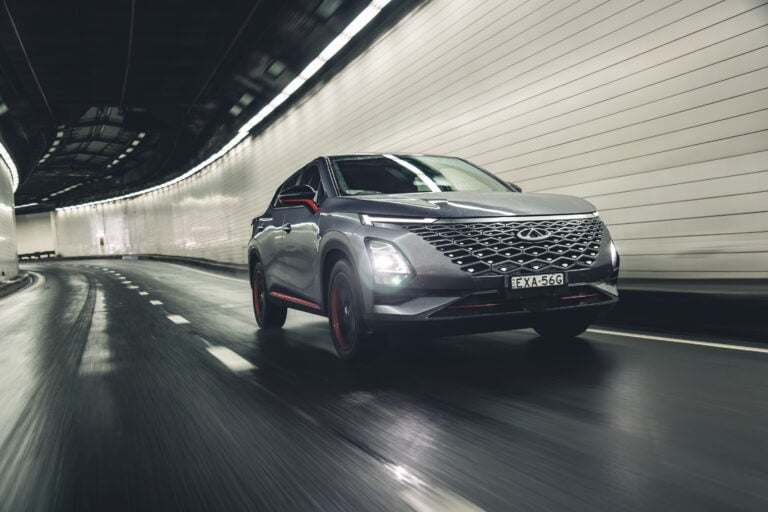 Reviews
Reviews2023 Chery Omoda 5 review: First Australian drive
Chery’s comeback kid is a mostly decent small SUV hobbled by insufferable driver assistance tech
-
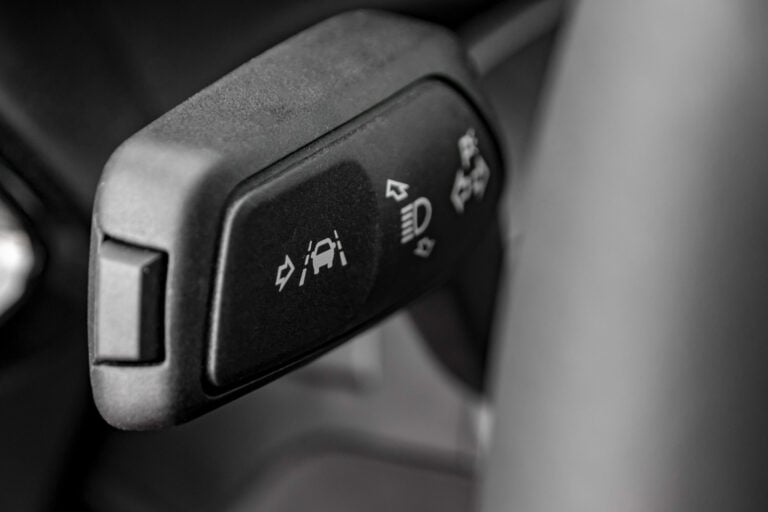 News
NewsEuro NCAP ‘upset’ carmakers did the bare minimum with lane-keep assist
The secretary general of Euro NCAP – sister organisation to ANCAP – has said many lane-keep assist systems are not "properly evaluated in the real world"
-
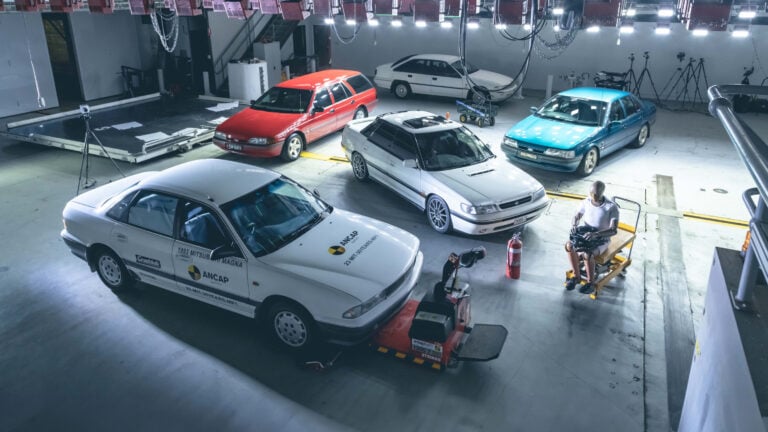 Features
FeaturesWheels x ANCAP: How will this 30yr-old car fare in a modern crash test?
We find out with the help of ANCAP and a Mitsubishi Magna…


